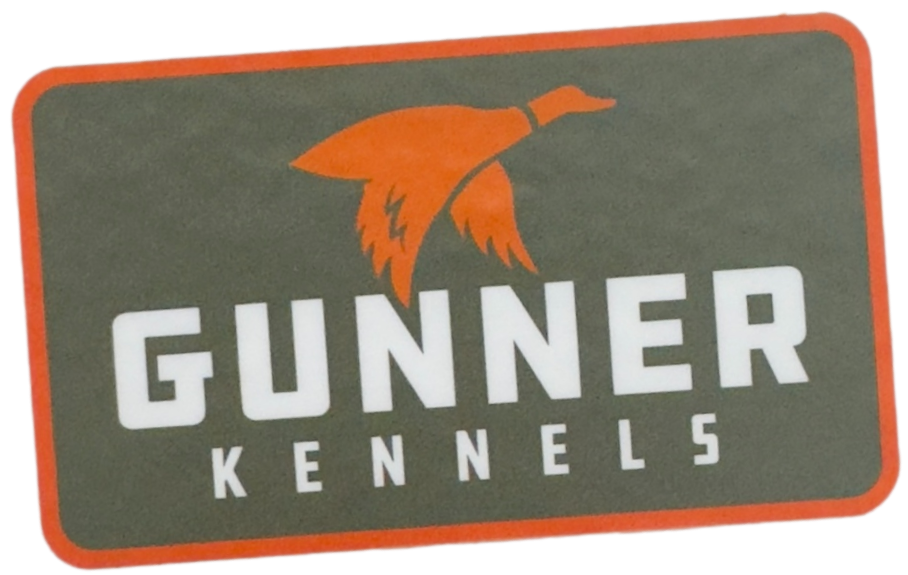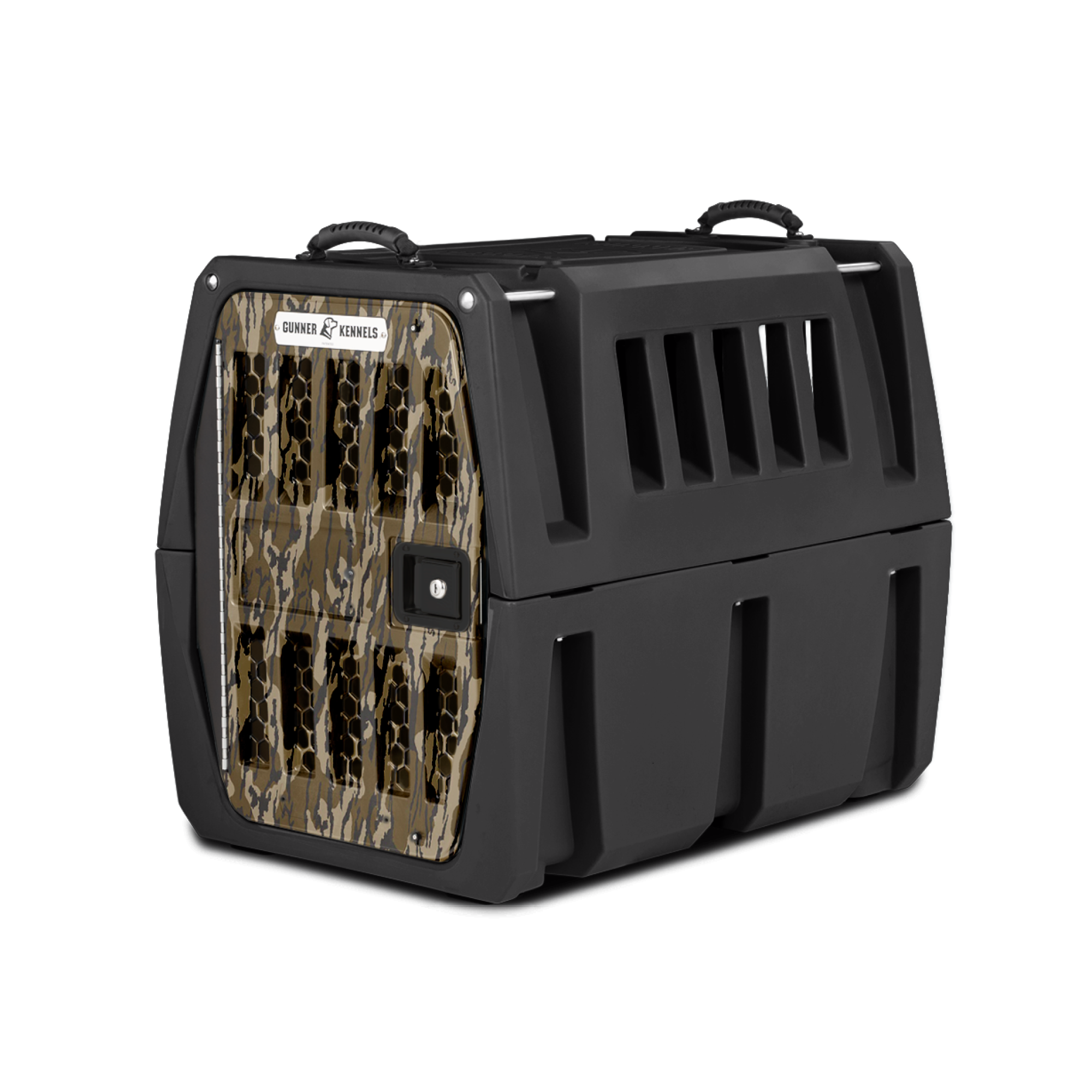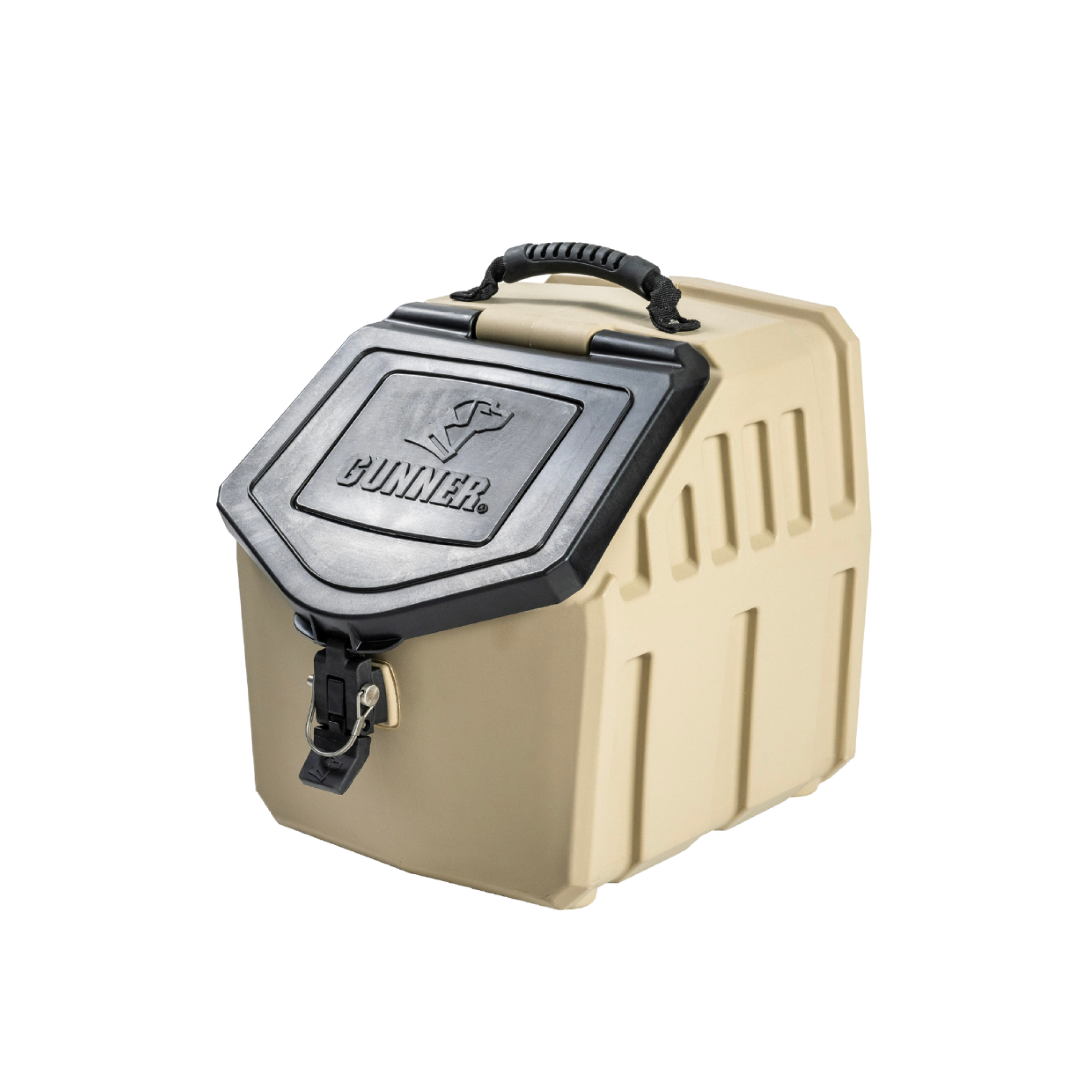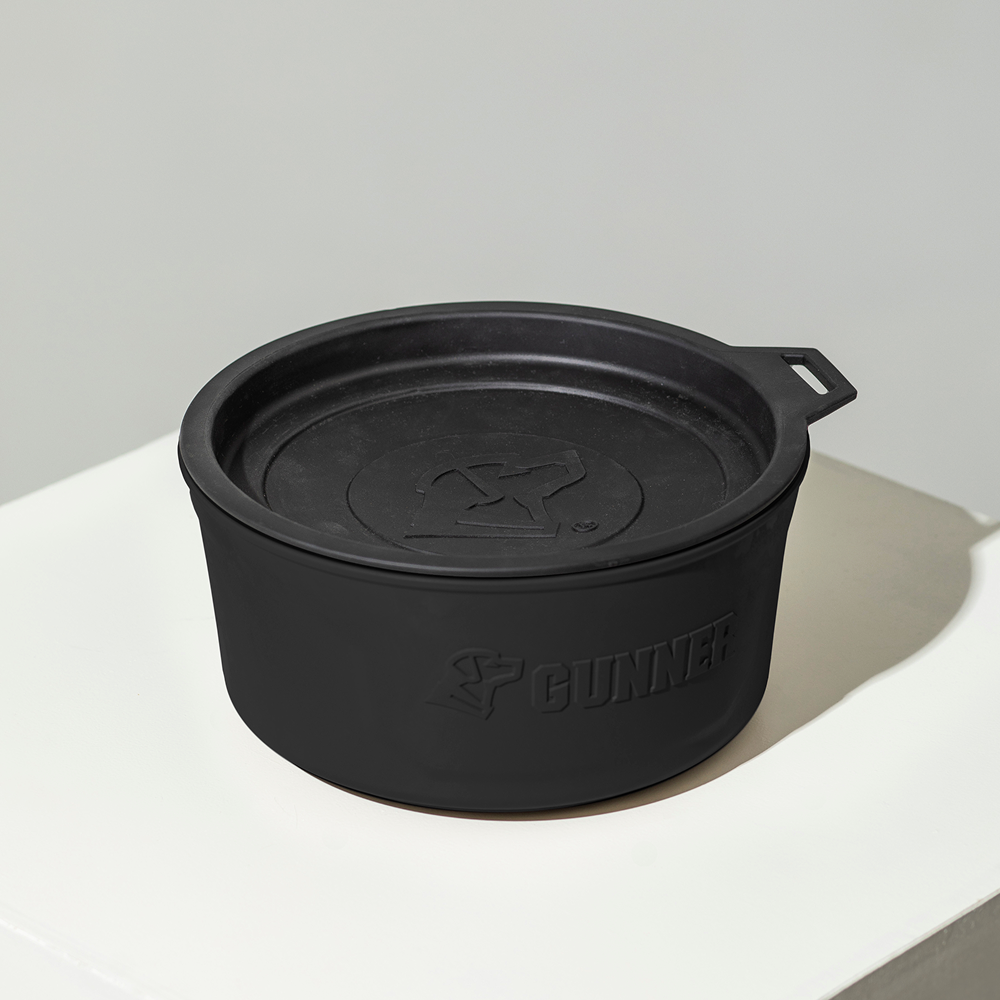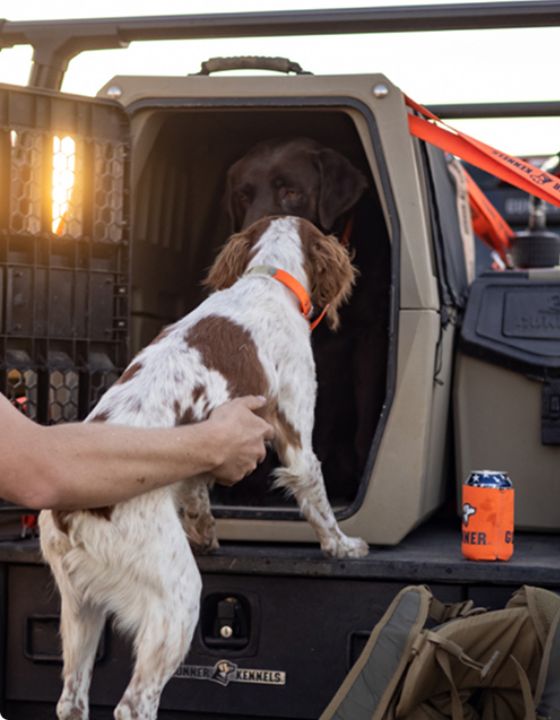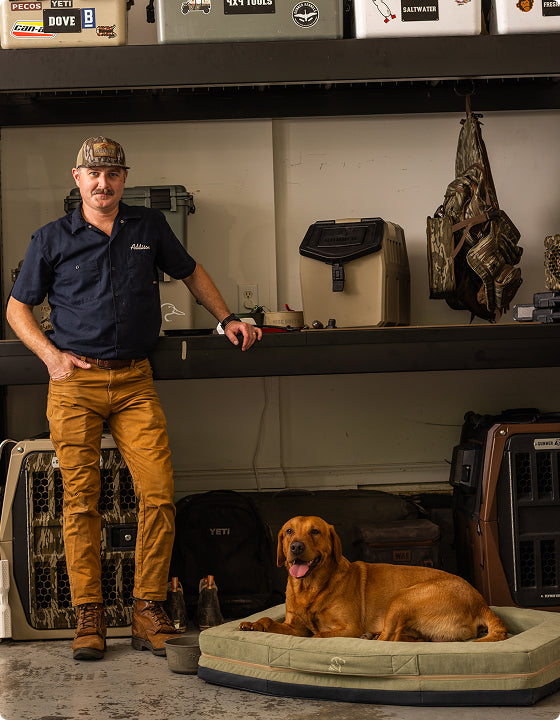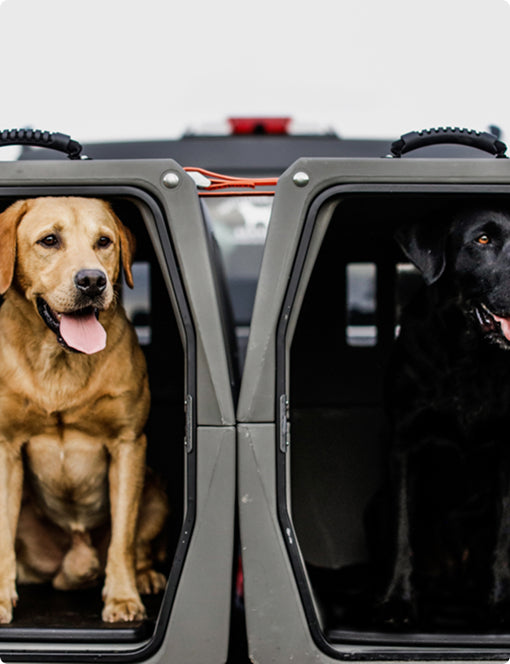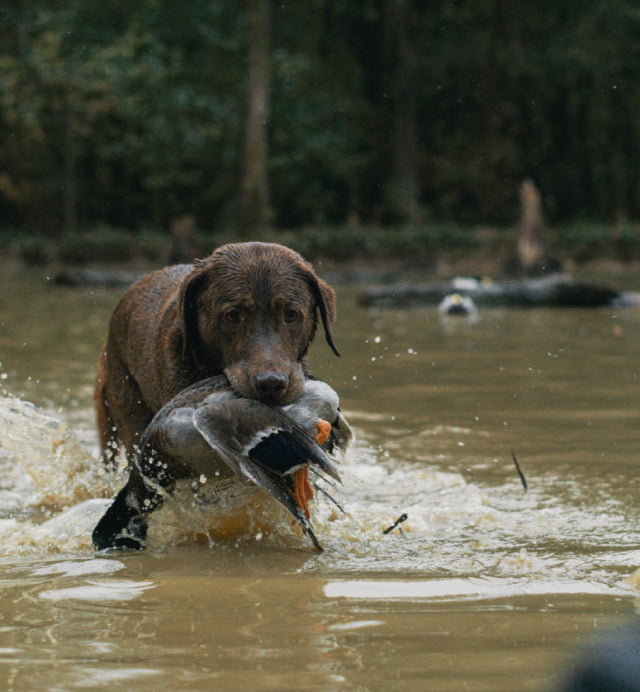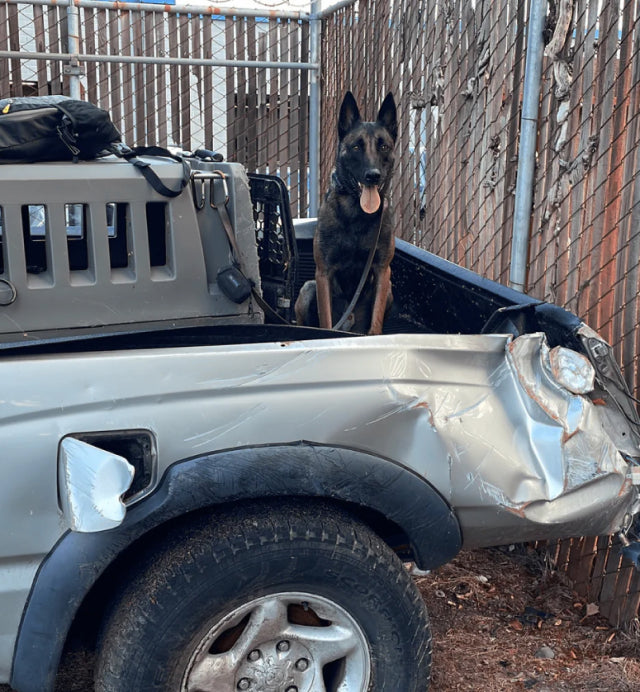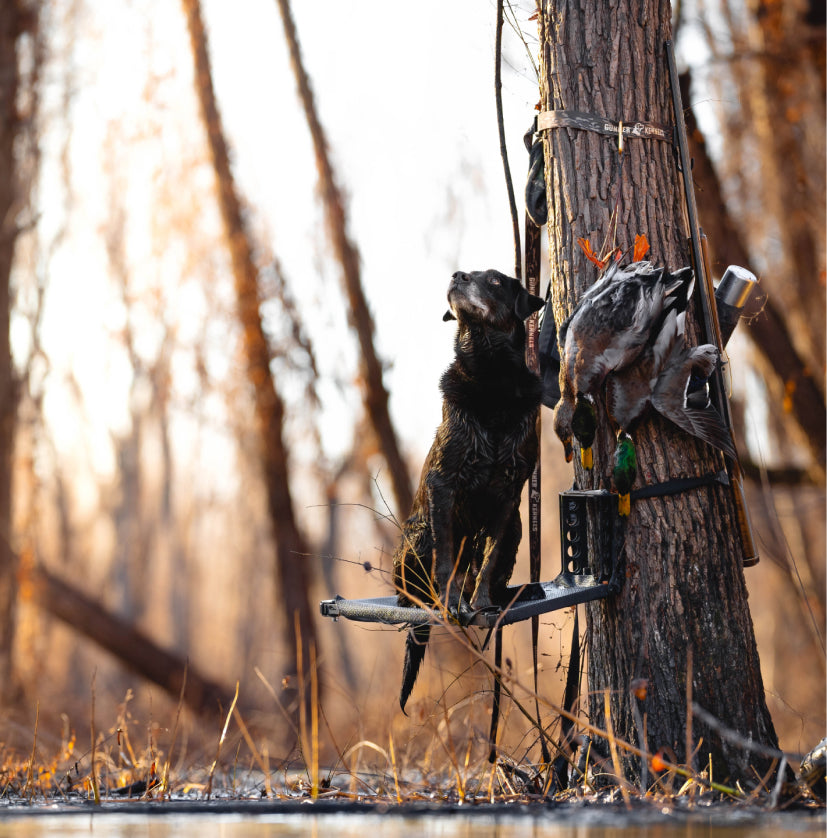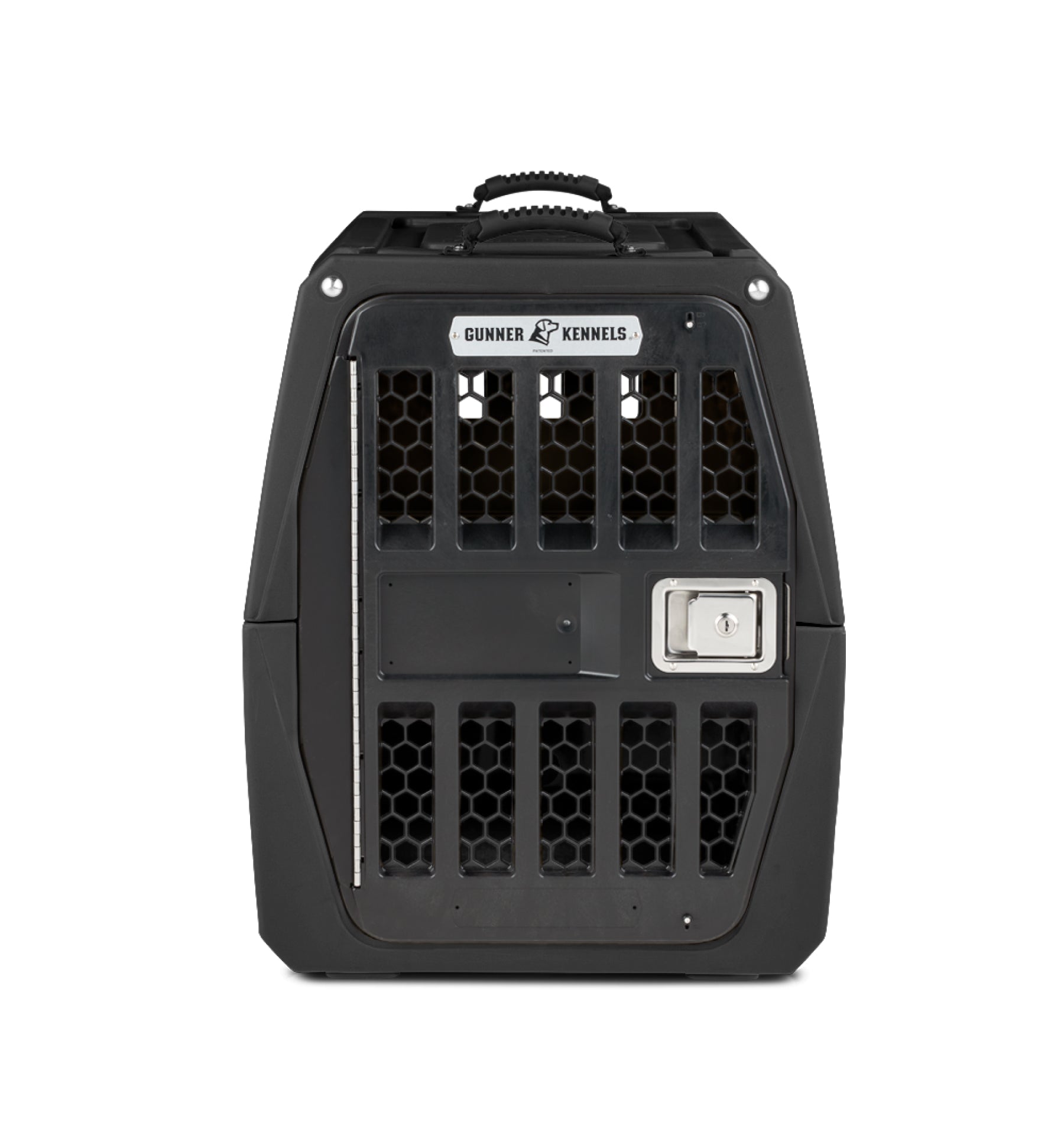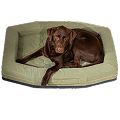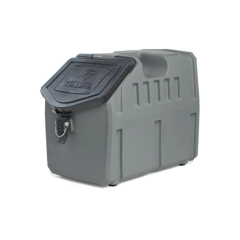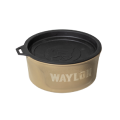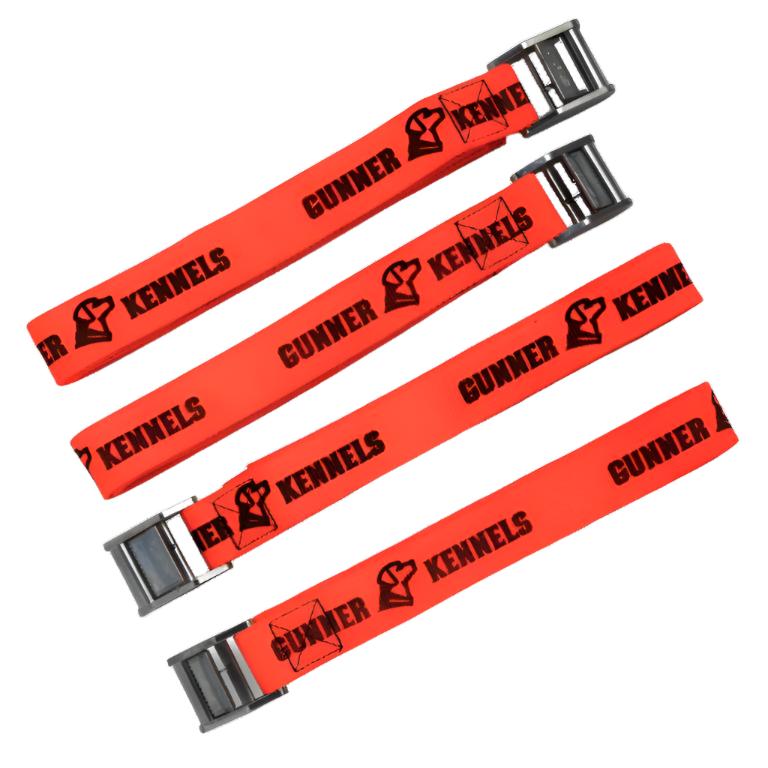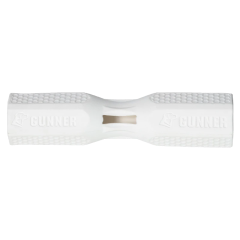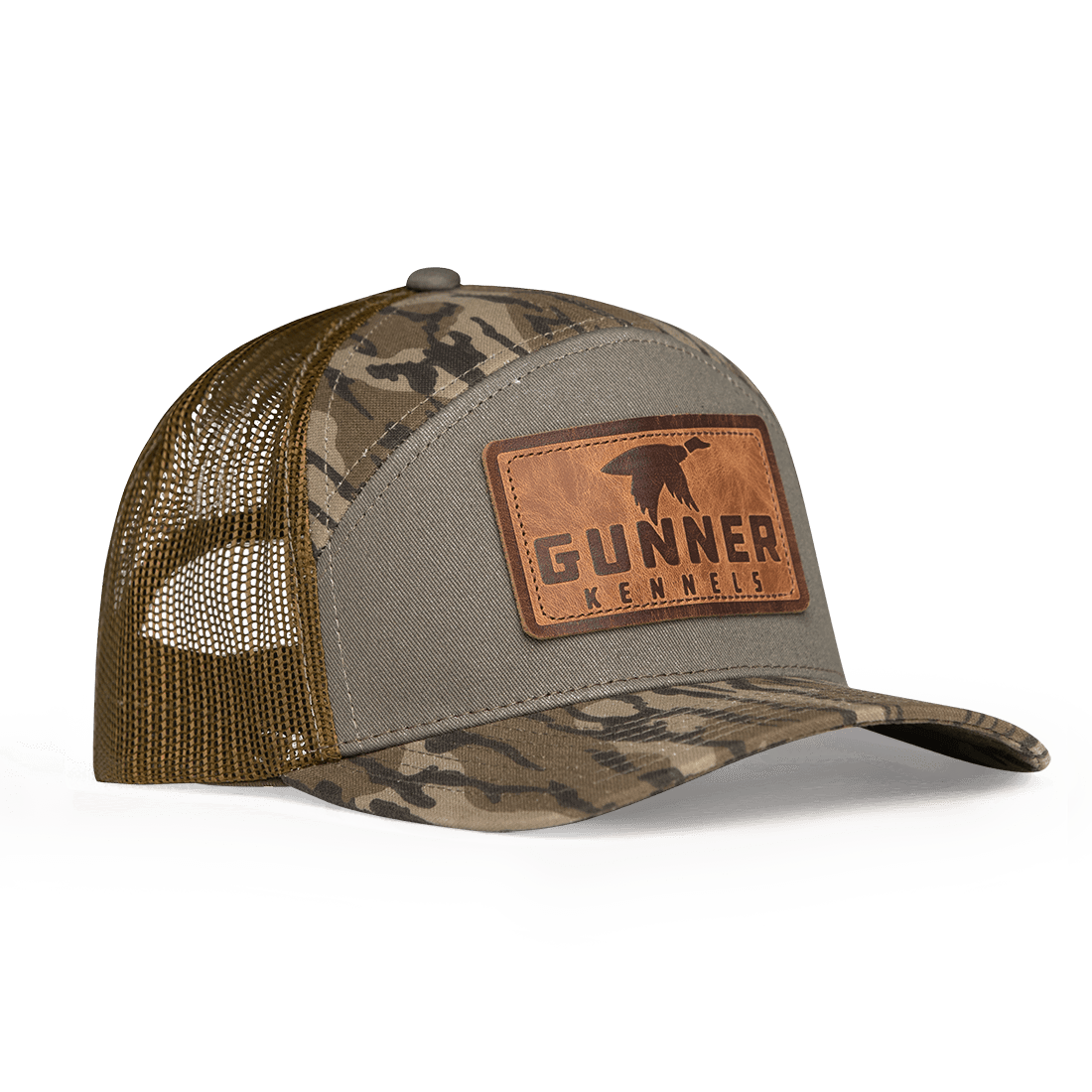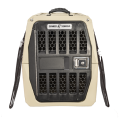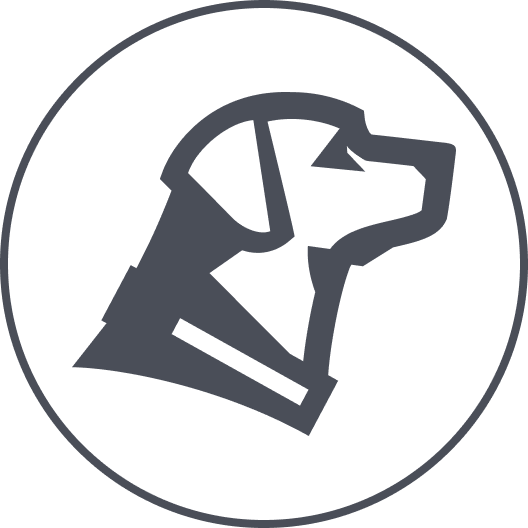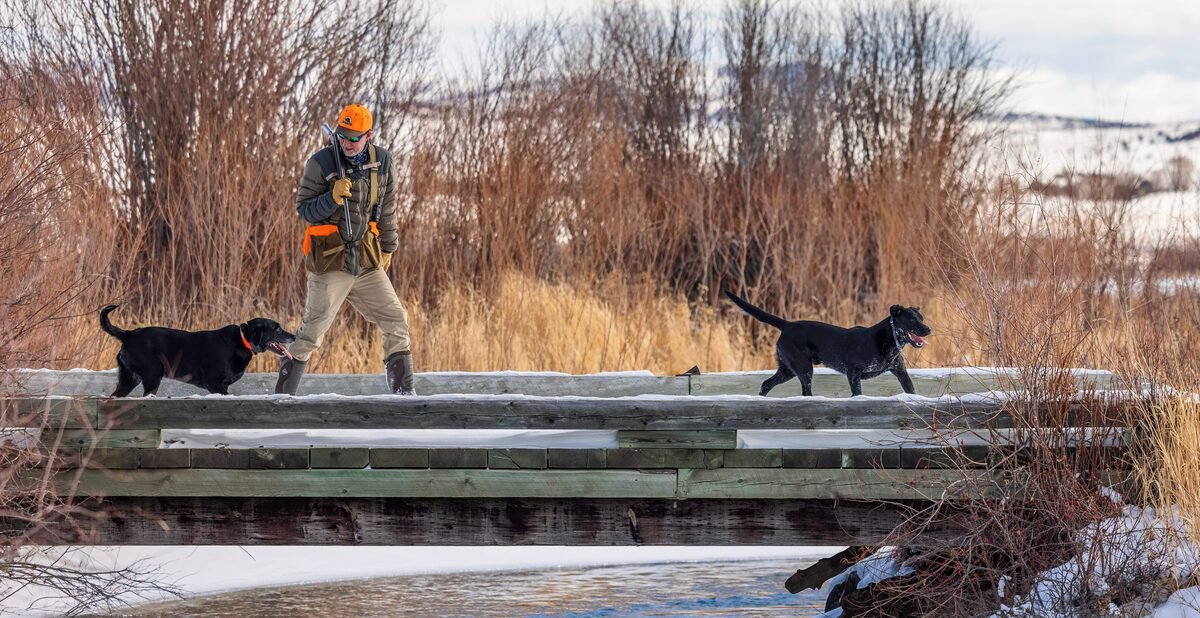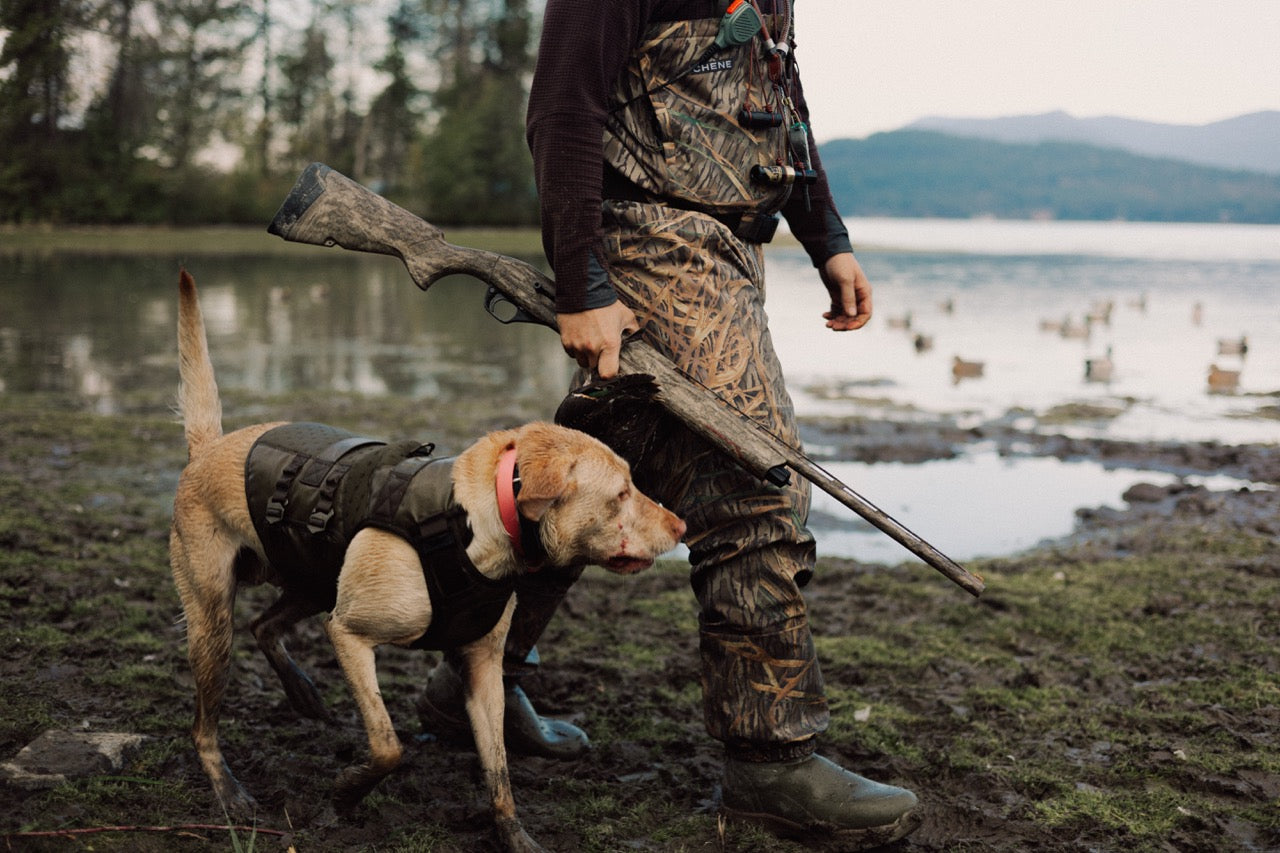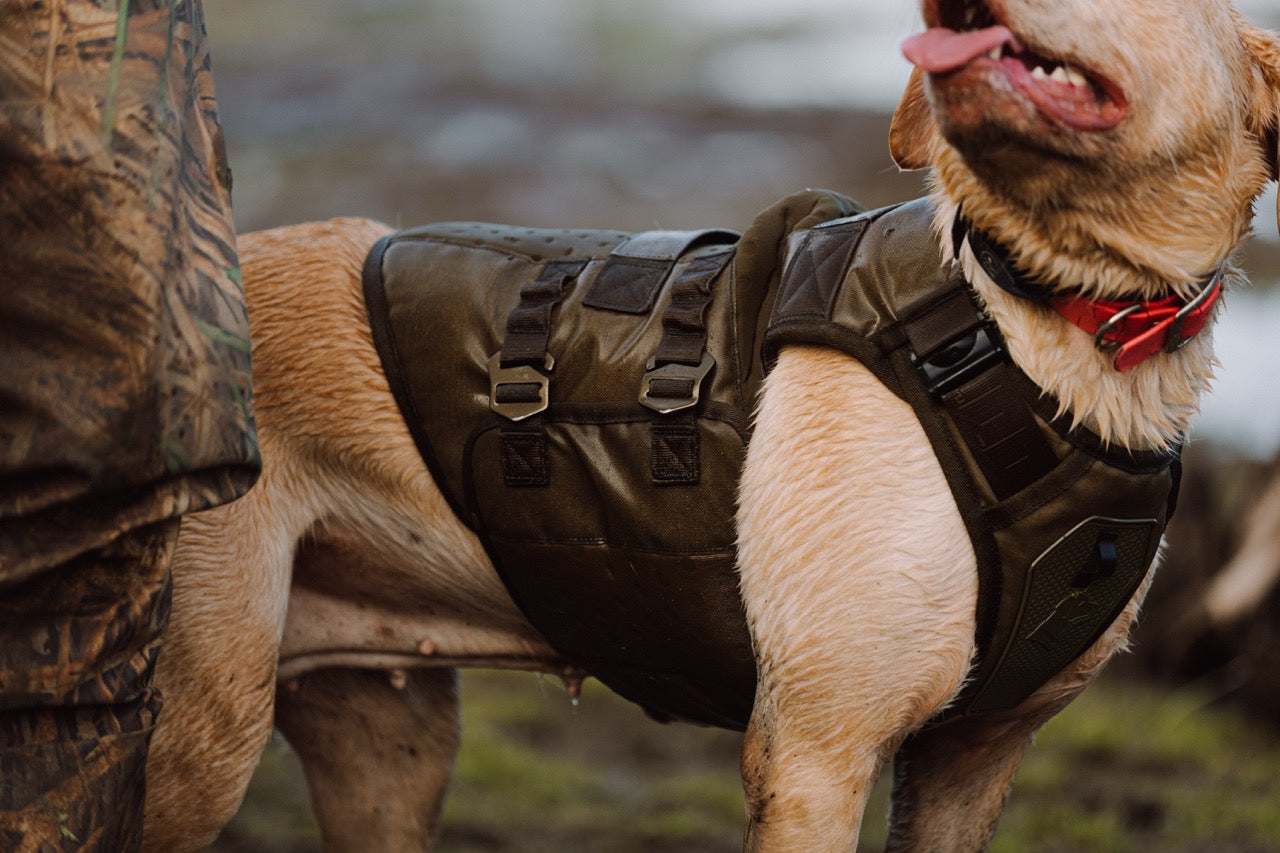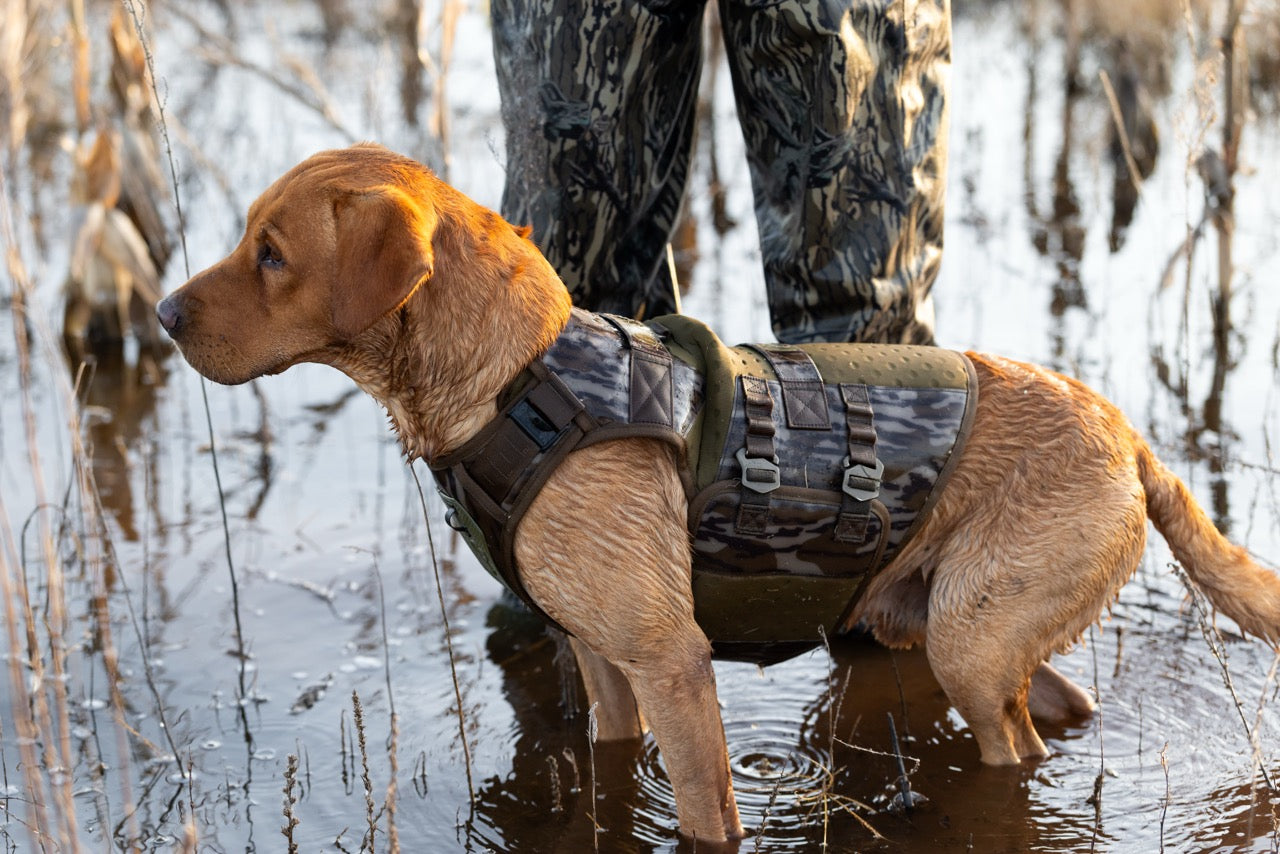The Traits of a Hunting Gun Dog
By Ron Boehme | Co-Founder Upland Institute | Host of @thehuntingdogpodcast

SEARCH & NOSE
In a young dog, these two inherited instincts develop first. It is said that a dog does nothing without using its nose, this is evident on the day they’re born when they seek out their first meal. In a few short weeks the ability to leave the whelping box and explore the world around them.
As they develop in age, it is our role to provide them with opportunities that help them expand their search and the use of their nose for any pursuit.
WATER
One might not consider the act of swimming an instinct. In the natural world, wild canines swimming can be a part of their daily travels or part of the hunt for food. In domestic canines, we are looking for them to approach water as just another type of terrain. In the versatile dog, we are introducing the idea that a search in the water can be as productive as a search on land.
POINTING
The strength of this instinct can vary greatly based on age and breed of the pup. As they are given opportunities in the field to find game we may see the first glimpse of pointing. Do not confuse style or duration of a point, only that this “pause before the pounce” was produced by the nose, and in the end that it was productive.
FLUSHING
For the spaniel and retriever breeds, this instinct is the means to produce game on the wing. The same variables apply to age and experience.
TRACKING/ RETRIEVING
This is not exclusive to the versatile breeds. Historically great emphasis of this trait for sporting dogs is very desirable. The style in which dogs track is not of importance. Nose to the ground or head up and downwind, the concentration and accuracy they show while tracking is more important than the method. Strong retrieving instincts in any breed of sporting dog usually parallel a strong genetic strength to recover downed or crippled game. Which is the goal game conservation.
DESIRE TO WORK & COOPERATION
This is really the meat and potatoes of all versatile dogs. Both of these should show up in every phase of their work on land and in the water. A high level of desire we’ll show itself with enthusiasm, a sense of purpose and an almost compulsion to complete a task. Cooperation is the willingness to connect all of its skills in the field and water while working with the owner/handler for a common goal.
“The saying has become a trite one, that the training of dogs is not science, but an art allowing for all possibilities and probabilities. I am going on the record with the statement that it is neither. It is an accomplishment that can be learned by anyone who loves dogs. Provided they have a general knowledge of the technique, possesses a level head, a well balanced mind and an even temper.”
A.F. Hochwalt, The Working Dog and His Education, 1925
More About Ron Boehme
Ron has had a passion for bird hunting since 1973, when he bought his first license to chase pheasants in his home state of Illinois. Since that time, he has hunted in 22 states and 3 provinces, mostly with a bird dog by his side. A move to Michigan allowed him to build his kennel, Dancing Duke Kennels, and begin a lifetime membership with the North American Versatile Hunting Dog Association where he is currently a Senior Judge. Ron is currently ranked 39th among the top 10 wing shooters in the country. You can learn from Ron’s experience at the Upland Institute, and keep up with him via @huntingdogpodcast.
